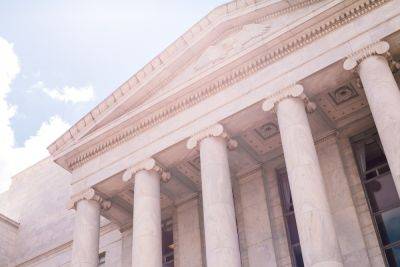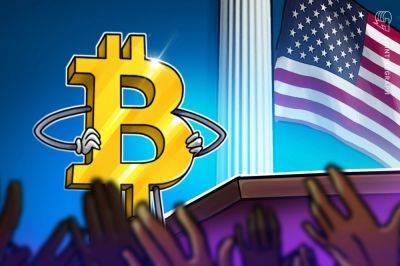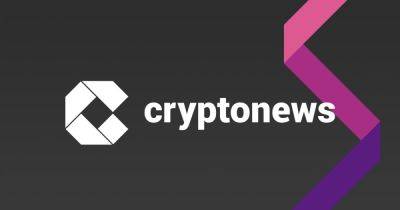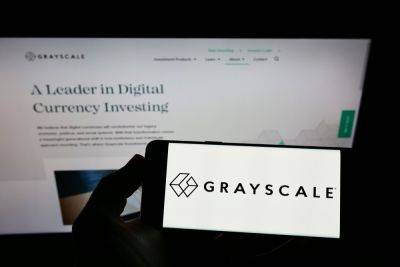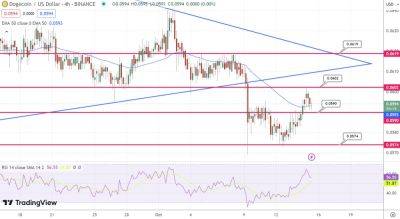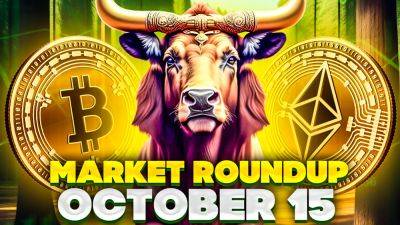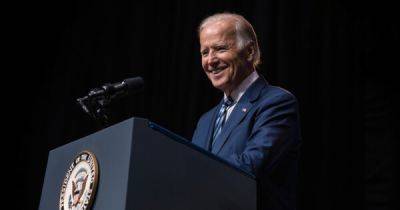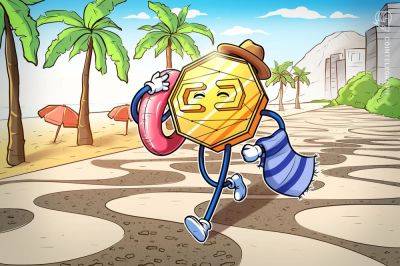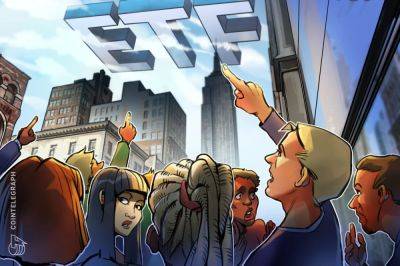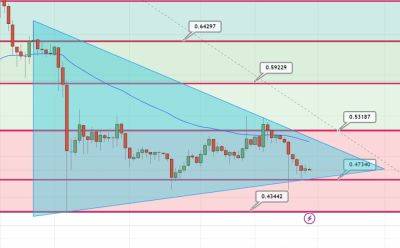Bitcoin still beating US dollar versus 'eggflation' — Fed data
Bitcoin (BTC) is beating inflation better than the U.S. dollar, the Federal Reserve says — unintentionally.
In a blog post first released in June 2022 and since updated, the St. Louis Fed compares buying eggs with BTC compared to USD — still with surprising results.
Bitcoin hodlers arguably have many better use cases for their BTC holdings than buying eggs, but that is the topic of a dedicated Fed blog post which attempts to demonstrate Bitcoin’s uncompetitive buying power versus the dollar.
To do so, its anonymous author measured the price of a dozen eggs in BTC, measured in satoshis, and USD since January 2021.
“The price fluctuates quite a bit, between 2829 and 6086, which is much more than it did for the U.S. dollar price,” the post concludes.
The charts included nonetheless show that since reaching a peak in both currencies in December 2022, the number of sats required to purchase the same dozen eggs has decreased more than the equivalent USD.
BTC hodlers require 70% fewer for the purchase as of August 2023, the latest month for which Fed data is available, versus 58% less USD.
Versus the start of 2021, the cost of eggs is higher for both currencies — 39% versus 73% for USD and BTC, respectively. Here, however, the arbitrary timeframe comparison remains less than helpful.
At the time, BTC/USD traded at practically the same levels as at present, while the U.S. Consumer Price Index (CPI) year-on-year increase was under the Fed’s own 2% target. With the latter now a thing of the past, only a longer-term synopsis provides real insight into Bitcoin’s performance.
The price of eggs is a fraction of what it was during Bitcoin’s last pre-halving year in 2019. “Eggflation” seen in 2023 is a comparative blip on the landscape.
In
Read more on cointelegraph.com



